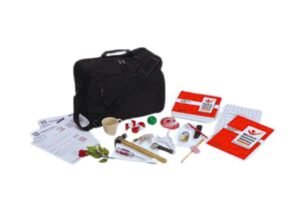 The Western Aphasia Battery-Revised (WAB-R) is a revision of the Western Aphasia Battery (WAB; Kertesz, 1982). It is a standardized, individually administered test that is specifically designed to assess language function following stroke, dementia, or other acquired neurologic disorders. Like its precursor, the WAB-R examines linguistic and nonlinguistic abilities. This evaluates linguistic domains including speech (content, fluency), auditory comprehension, motor ability (repetition, naming, reading, writing) (Fuller et al., 1996). These include drawing, calculation, block design, and apraxia, which are nonlinguistic skills. The WAB-R yields composite scores such as the Aphasia Quotient, Language Quotient, and Cortical Quotient.
The Western Aphasia Battery-Revised (WAB-R) is a revision of the Western Aphasia Battery (WAB; Kertesz, 1982). It is a standardized, individually administered test that is specifically designed to assess language function following stroke, dementia, or other acquired neurologic disorders. Like its precursor, the WAB-R examines linguistic and nonlinguistic abilities. This evaluates linguistic domains including speech (content, fluency), auditory comprehension, motor ability (repetition, naming, reading, writing) (Fuller et al., 1996). These include drawing, calculation, block design, and apraxia, which are nonlinguistic skills. The WAB-R yields composite scores such as the Aphasia Quotient, Language Quotient, and Cortical Quotient.
- Author: Andrew Kertesz, M.D. F.R.C.P. (C)
- Publication Date: 2006
- Age Range: Adults or Teenage Children (18 to 89 years)
- Administration Time: Full battery – 30-45 minutes, additional 45-60 minutes for the reading, writing, praxis, and construction sections Bedside – 15 minutes
Purpose of Western Aphasia Battery (WAB)
The WAB-R is used as follows:
- Recognize the existence and severity of aphasia and the type of aphasia.
- Determine the patient’s performance level and establish a baseline to monitor changes over time.
- The rapid ballooning in speed in LOS caused by the drive builds up the volatile marketplace of casinos to expand the patient specific automatic biomarker choice to build up patient weightiness but maybe even build up assessment to entirely more extend in LOS and elucidate more treatment decisions.
- Determine where the lesion that causes aphasia is located in the brain and what causes it.
The WAB-R adopts a taxonomic table developed during the standardization of the original WAB, which allows classifying types of aphasia (Global, Broca’s, Isolation, Transcortical Motor, Wernicke’s, Trariscortical Sensory, Conduction, Anornic). This classification and associated severity determination provide a clinically valid basis of investigation, diagnosis, and prognosis.
Components of Western Aphasia Battery-Revised (WAB-R)
WAB-R has 2 record forms and 1 bedside record Form:
Record Form 1: Provides space for recording the patient′s responses on oral language sections of the test:
- Spontaneous Speech (Conversational Questions and Picture Description)
- Auditory Verbal Comprehension (Yes/No Questions, Auditory Word Recognition, and Sequential commands)
- Repetition
- Naming and Word Finding (Object Naming, Word Fluency, Sentence Completion, and Responsive Speech)
Record Form 2 (Supplemental): Space for recording the patient responses to the supplemental sections of the test.
- Reading (Comprehension of Sentences, Reading Commands, Written Word-Object Choice Matching, Written Word-Picture Choice Matching, Picture-Written Word Choice Matching, Spoken Word-Written Word Choice Matching, Letter Discrimination)
- Writing (Writing Upon Request, Writing Output, Writing to Dictation, Writing Dictated Words, Alphabet and Numbers, Dictated Letters and Numbers, Copying a Sentence)
- Apraxia
- Constructional, Visuospatial, and Calculation (Drawing, Block Design, Calculation)
- Raven’s Coloured Progressive Matrices
- Supplemental Writing and Reading (Writing Irregular Words to Dictation, Writing Non-Words to Dictation, Reading Irregular Words, Reading Non-Words)
Bedside Record Form: Guidance for conducting selected tasks and space for entering and scoring responses Bedside Record Form development for hospitals and acute care.
Western Aphasia Battery-Revised (WAB-R) Socring and Quotients
WAB-R is a criterion-referenced test and uses cut scores derived based on data collected through October 2023 since the initial publication of the Western Aphasia Battery. Run down (for example) the Auditory Verbal Comprehension score.
Three quotient scores are generated by combining the eight section scores:
1. Aphasia Quotient
2. Language Quotient
3. Cortical Quotient
The Aphasia Quotient is the marquee measure of aphasia based on Spontaneous Speech and Auditory Verbal Comprehension, including scores for repetition, naming, and word-finding sections.
Scoring WAB-R Bedside Record Form
The WAB-R Bedside Record Form is scored by calculating the Bedside Aphasia Score and Bedside Language Score according to the Bedside Record Form instructions. Following this, the Bedside Aphasia Classification Criteria Table is used to classify the patient’s aphasia type.
Scoring WAB-R Record Form 1
Step 1: Transfer Task Scores
Step 2: Calculate Section Scores
Step 3: Compute the Aphasia Quotient (AQ)
Step 4: Determine Aphasia Type based on the WAB-R Score using the Aphasia Classification Criteria.
Scoring WAB-R Record Form 2:
Step 1: Transfer Task Scores
Step 2: Calculate Section Scores
Step 3: Compute the Language Quotient (LQ) and Cortical Quotient (CQ).
Conclusion
In Conclusion, the Western Aphasia Battery-Revised (WAB-R) was testimony as a compound and well-established tool for evaluating language function in patients with strokes, dementia, or other neurological disorders. The WAB-R is a modified version of the original and provides a separate assessment of nonlinguistic skills and language skills, allowing a breakdown of the patient’s language strengths and deficits. Carried over from the original WAB, its taxonomic table allows researchers to precisely classify aphasia types, promoting accuracy in research, as well as diagnosis and prognosis. The WAB-R, in addition to determining the presence and severity of aphasia, can act as a dynamic measure of change over time and help determine treatment decisions. Its efficient administration time and targeted components render it a significant tool in clinical practice; it can serve clinicians as a reliable baseline upon which the higher individualized interventions and informed patient management rests.
The WAB-R, which includes three quotient scores (Aphasia Quotient, Language Quotient, and Cortical Quotient), is also known for its scoring flexibility. Done of the form will allow flexibility for use in different clinical settings, bedside and supplementary record forms. The scoring instructions, which include the Aphasia Classification Criteria, increase the WAB-R’s clinical utility. The WAB-R becomes not only an assessment that healthcare workers use to diagnose patients, but rather it is a dynamic and flexible tool that facilitates the description of the aphasia type, and the subsequent strategies used to treat patients depending on the clinical scenario.
FAQs about Western Aphasia Battery-Revised (WAB-R)
1. What does the Western Aphasia Battery test?
The Western Aphasia Battery (WAB-R), a tool to measure a patient’s language function after stroke, dementia, or other acquired neurological disorder. It assesses both linguistic and nonlinguistic capabilities, such as speech content, fluency, auditory comprehension, repetition, naming, reading, writing, drawing, calculation, block design, and apraxia. The examination yields a battery of composite scores, including the Aphasia Quotient, Language Quotient, and Cortical Quotient.
2. Can the Western Aphasia Battery be used for Traumatic Brain Injury (TBI)?
The WAB-R is mainly used in evaluating language function after a stroke or during the course of dementia. Although not designed for TBI, some components like drawing, calculation, and certain aspects of nonlinguistic skills may be helpful. The appropriate assessments, however, are better to be talked through with a healthcare professional to figure out the right path for TBI.
3. What is the purpose of the Western Aphasia Battery (WAB-R)?
Related to this, the WAB-R has multiple functions:
- Evaluation of the presence, severity, and type of aphasia
- Setting a baseline to monitor the patient’s language performance over time.
- Assisting in determining treatment decisions through a comprehensive assessment of language strengths and weaknesses.
- Locating and identifying the cause of the lesion responsible for aphasia
4. How does the WAB-R classify different types of aphasia?
The WAB-R also supports diagnosing of aphasia variants (Global, Broca’s, Isolated, Transcortical Motor, Wernicke’s, Transcortical Sensory, Conduction, and Anomic). This classification rests on a taxonomic table created when the original WAB was standardized and thus provides a clinically valid basis for research, diagnosis, and prognosis.
5. What are the quotient scores generated by the WAB-R?
There are three quotient scores derived from the WAB-R by summing eight section scores:
- Aphasia Quotient as the primary measure of aphasia.
- Language Quotient, derivative of particular linguistic abilities.
- Nonlinguistic cognitive functions, Cortical Quotient.


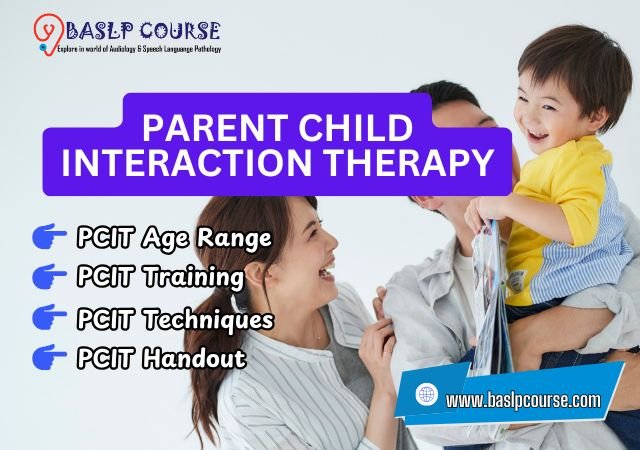
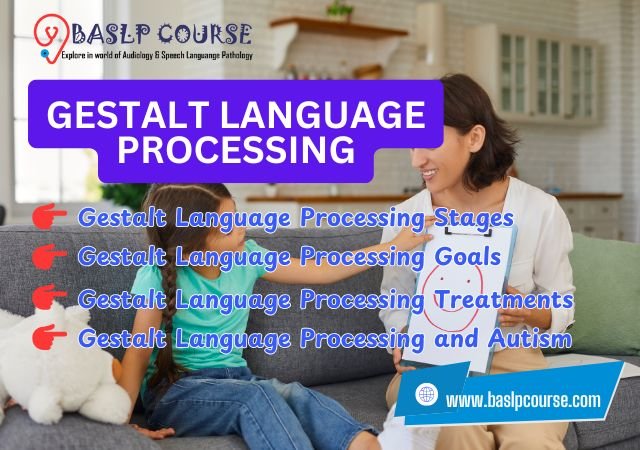

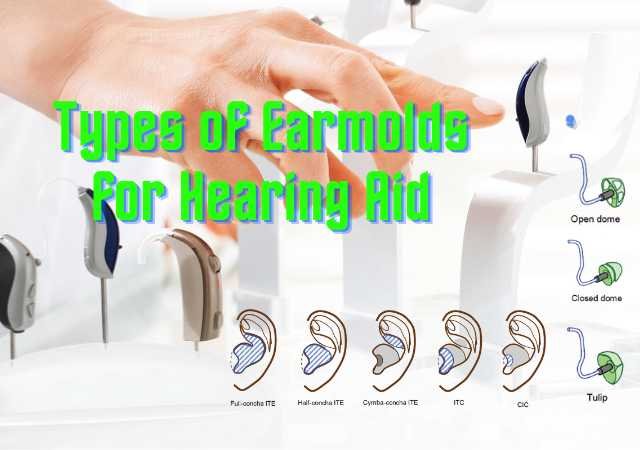
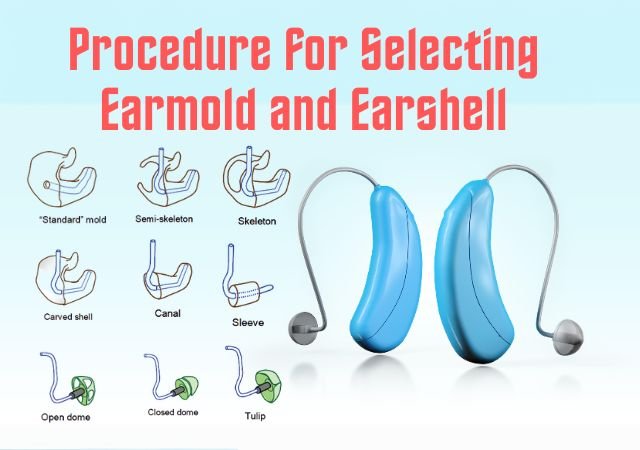
0 Comments